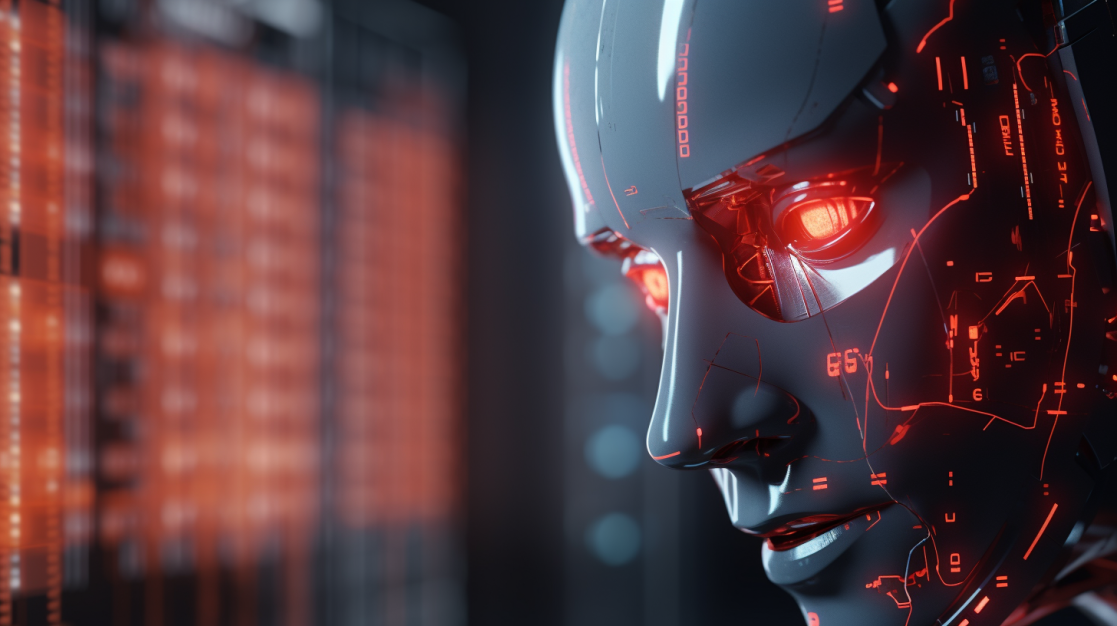Explore what’s in store for the future in automated trading. See how you can make the best of this fast-evolving aspect of online trading.
Automated trading, affectionately known as bot trading, has become very popular in the last decade as trading technology advances. The increasing complexity of financial markets has also played a significant role, attracting traders worldwide to jump on the automated bandwagon.
What is automated trading?
Automated trading uses software (a trading bot) to execute trades on your behalf. Automated trading systems can be programmed to follow any trading strategy and can be used to trade a variety of asset classes.
Some benefits of automated trading are:
- Convenience
Trading bots can trade 24/7, so you don’t have to sit in front of your computer all day to trade. - Discipline
Trading bots can follow your trading strategies to the letter without the influence of emotions or biases. - Accuracy
Trading bots can execute trades faster and more accurately than humans.
If you’re thinking of getting into bot trading, read on as we explore what’s in store for the future.
5 game-changing future trends
- Increased use of artificial intelligence (AI) and machine learning (ML)
AI and ML are already being used to develop more sophisticated trading algorithms and to make better trading decisions. In the future, AI and ML are expected to play an even more significant role in automated trading as they become more powerful and accessible. - Greater automation of the trading workflow
Currently, many aspects of the trading workflow are still manual. In the future, more and more of these tasks are expected to be automated using AI and ML. This will free traders to focus on more strategic tasks, such as developing and refining trading strategies. - More personalised trading experiences
Bot trading platforms are becoming increasingly sophisticated and personalised. Traders can now tailor their trading bots to their needs and risk tolerance. In the future, trading bots are expected to become even more personalised as they use AI and ML to learn more about each trader’s preferences. - Increased use of blockchain technology
Blockchain technology can revolutionise the way that financial markets operate. Using secure, decentralised ledger technology, self-executing contracts (smart contracts) can automate complex transactions. Thanks to blockchain technology, we can expect to see more secure and efficient automated trading systems in the near future. - The rise of social trading
Social trading platforms allow traders to connect with each other, share trading ideas and strategies, and even automatically copy the trades of successful traders. Social trading is expected to become more integrated with automated trading as traders use social trading to identify and follow successful trading strategies.
Hold on, it has risks, too
While automated trading offers many advantages, it’s not a magic bullet. Using trading bots has its risks. It’s essential to carefully evaluate any bot trading system before using it and to understand the risks involved.
Here are 3 important risks to consider:
- Technical failures
Automated trading systems rely on technology, and technology can fail. This could include hardware failures, software failures, or internet connectivity issues. If your trading bot fails, it could execute trades you did not intend to make or miss out on profitable trades. - Human error
Humans create automated trading algorithms, and humans make mistakes. While algorithmic trading is innovative, if there is a bug in your trading bot system, it could lead to losses. - Market volatility
Bot trading systems are designed to trade in various market conditions, but they are not perfect. If the market becomes too volatile, your trading bot may be unable to keep up, and you could lose money.
The future is bright
As AI and ML become more powerful and accessible, automated trading platforms are expected to become more bot trading more accessible to a broader range of traders and help traders make better trading decisions. We will also see more trading brokers offering exciting automated trading solutions in the next few years.
If you want to ride the wave of the future and get into bot trading, Deriv Bot is a great trading platform to start with. Explore automated trading on Deriv Bot risk-free with a demo account with virtual money.
Disclaimer: This trading platform’s availability may depend on the client’s country of residence.
